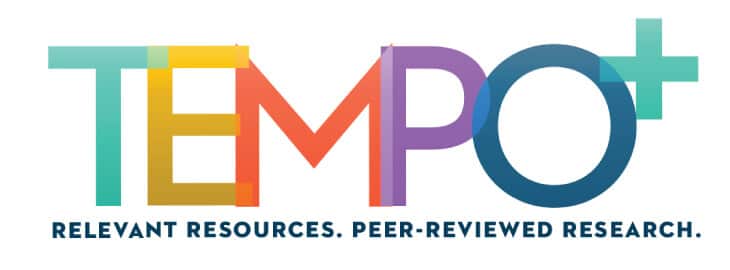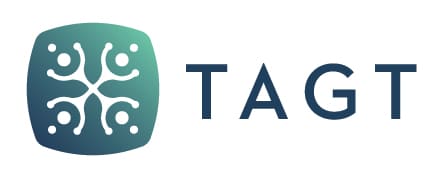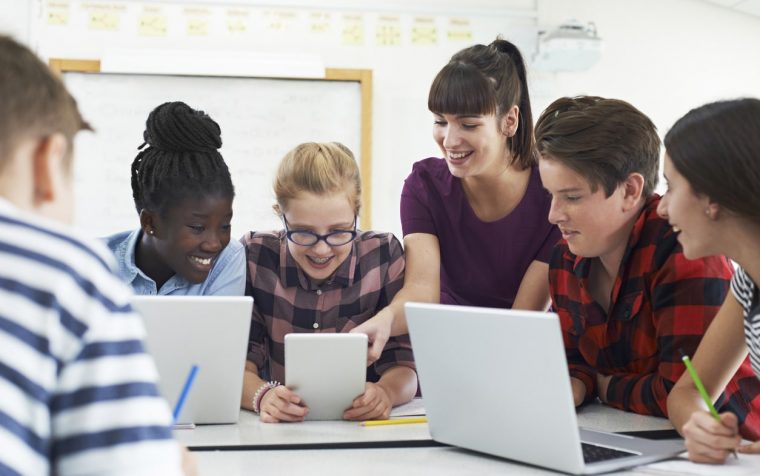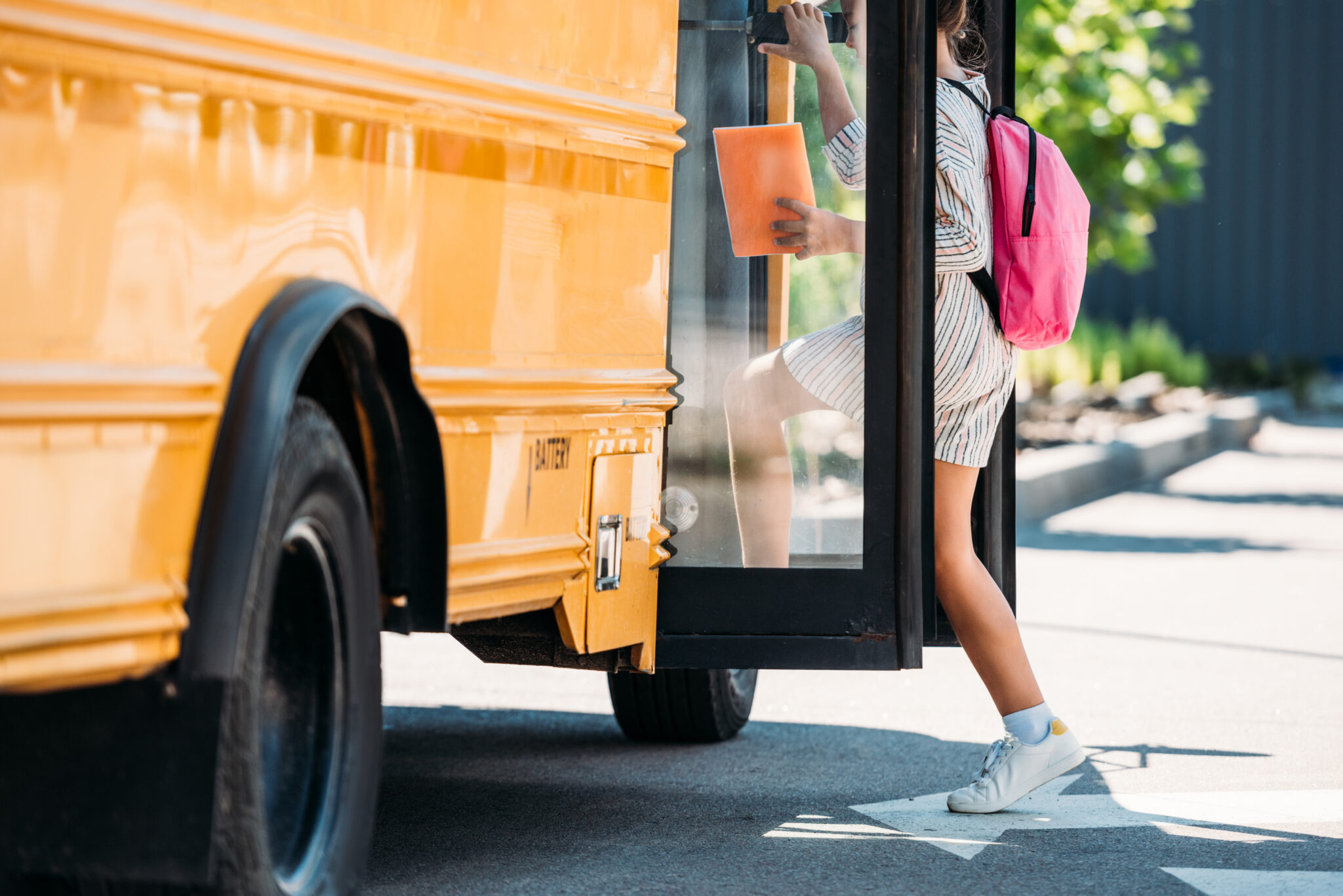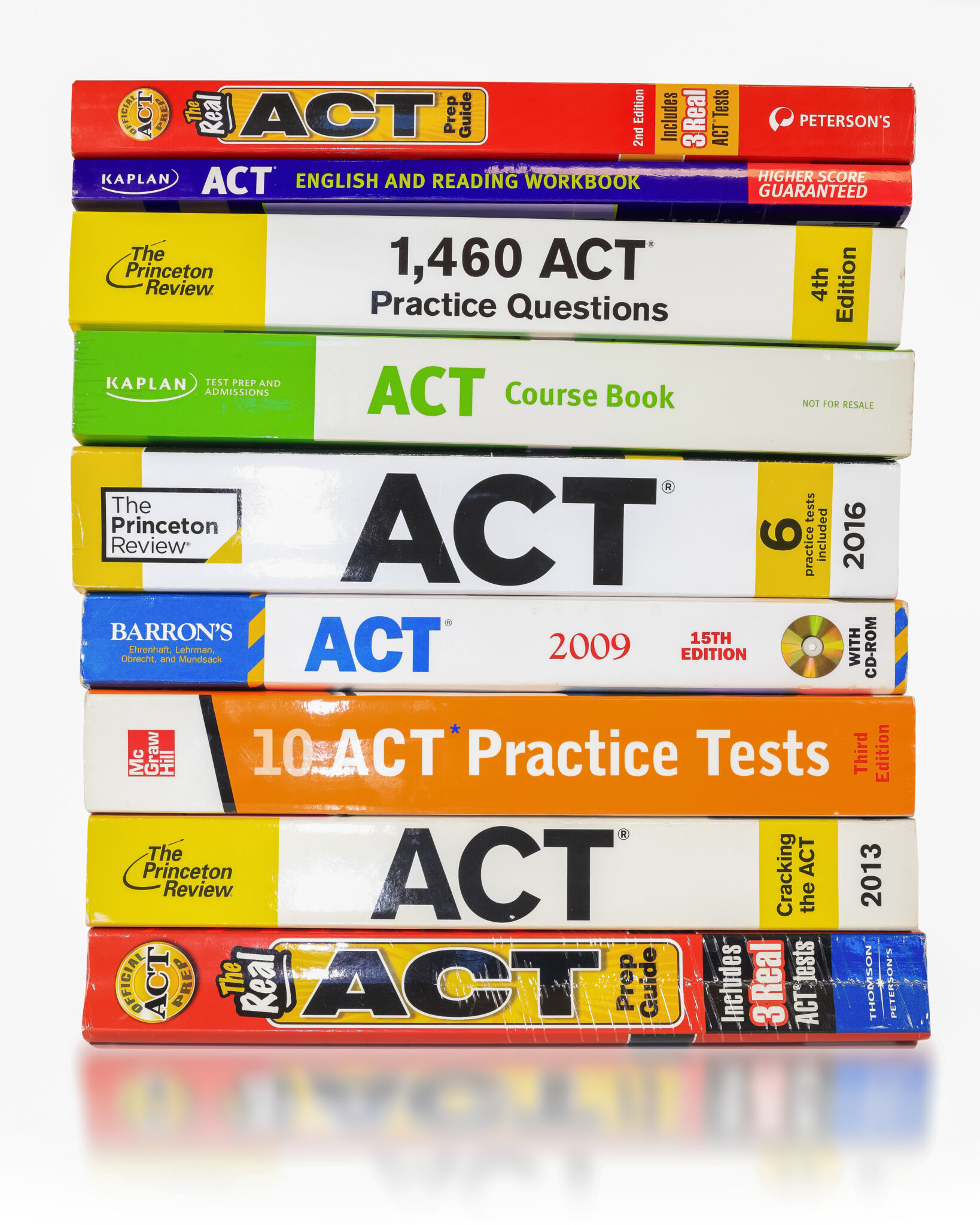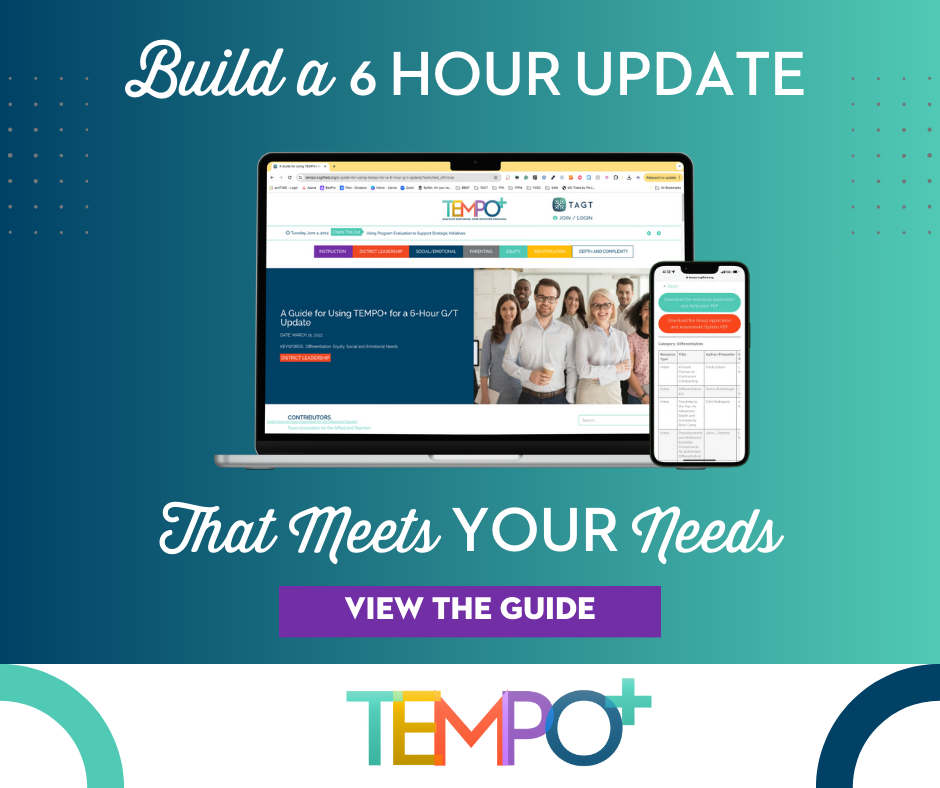Understanding the needs of the gifted is one thing. Trying to meet those needs is another. According to the National Association for Gifted Children’s (2010) position paper,
Gifted individuals are those who demonstrate outstanding levels of aptitude (defined as an exceptional ability to reason and learn) or competence (documented performance or achievement in top 10% or rarer) in one or more domains. Domains include any structured area of activity with its own symbol system (e.g., mathematics, music, language) and/or set of sensorimotor skills (e.g., painting, dance, sports).
(p. 1)
A concern related to this definition is that being gifted requires opportunities to “demonstrate outstanding levels of aptitude . . . or competence.” In a typical classroom where true, consistent differentiation may be difficult, many gifted learners are not regularly afforded these opportunities. So then, we ask, how can we hold them accountable to this definition?
The recommendations for differentiation of gifted learners include adjusting the pacing, providing alternative assignments that allow for greater depth and complexity, and allowing students to work independently (Hertberg-Davis, 2009). We recognize and appreciate that teachers have more to do in one day than is possible and that it can be difficult, maybe even impossible, to challenge, inspire, advise, and have fun with every student every day. It is our hope that we can provide readers with resources to leverage technology in order to provide differentiated opportunities for gifted learners.
Blended Learning Models
In its most basic form, blended learning is the combination of online and face-to-face learning. However, this by itself is not why it is an effective approach with gifted, or any, learners. An important component of blended learning is the personalized instruction that allows for student choice in assignments and control over pacing. Grounded in social constructivism, blended learning opportunities allow students to build knowledge with support from their teachers when needed, which in turn allows for meaningful development of creativity in the classroom (French & Shore, 2009; Plucker, Beghetto, & Dow, 2004). Experiences that are driven by learners’ individual needs and interests facilitate the development of talent (i.e., aptitude) that is such an integral component of gifted education (Olszewski-Kubilius, 2000; Olszewski-Kubilius & Thomson, 2015). Furthermore, the learning experiences build upon one another rather than existing in isolation (Sanguras, 2015b). For example, think of curriculum as a continuum of lessons building toward a learning objective; whether a lesson occurs in a traditional format, collaboratively, or online, it is developed with the goal to reach that objective. The purpose remains the same while the modality changes.
There are four models of blended learning at the activity level: rotation, flex, self-blend, and enriched-virtual (Graham, 2006; Staker & Horn, 2012). The rotation model is the focus of this article; however, for comparative purposes, the definitions of all models are provided. The flex model is one where content is delivered primarily online while an instructor is present to offer support as needed. The self-blend model is most similar to pure online learning, although it is limited to one or two courses. In this model, students supplement their education by taking one or two online courses and may or may not work on these courses during their regular school day. The enriched-virtual model involves online learning with occasional face-to-face opportunities.
The rotation model is the one that is most practical to implement into a traditional classroom and can be categorized into four different types: station, lab, flipped, and individual (Staker & Horn, 2012). A station rotation is when students alternate among a variety of activities (i.e., stations), where at least one of these stations involves online learning. The lab rotation is similar to the station rotation, except that students move to a learning space outside of their classroom in order to complete online learning activities. A flipped classroom is one where new learning takes place online and outside of the school day; students apply this new learning during face-to-face activities with their teachers at school the following day. An individual rotation is similar to a station rotation in that students rotate to online learning activities; however, it differs in that all students will not rotate through all activities. These definitions provide several avenues that can be used to implement blended learning in a minimally disruptive way.
Blended Learning Guidelines
Have a Plan
The personalization of blended learning opportunities allows for gifted students to feel challenged at an appropriate level and to be inspired by the control they have over their pacing. An important consideration regarding the pacing of assignments is to know where you (and your students) are heading; there must always be a “something next” or else your class becomes a race to nowhere. It is best to have a detailed scope of the assignments for your class, while remaining attuned to your students’ needs and flexible with your expectations. Consider providing students with a variety of learning activities that should be completed over a specific period of time. They can then choose the order, while also understanding what is in front of them, allowing you to leverage technology in order to genuinely differentiate for your students’ unique needs. Inevitably, this autonomy is the gateway to independence, ownership, and enjoyment of learning.
Rely on the “Techsperts”
The students you are teaching likely will never see an operational phone booth and may not ever understand why their parents tell them to “roll up the window” in the car. They are different from us—technological risk takers, unafraid to try something new even if they don’t fully understand it. As their teacher, you do not have to know everything about technology, but must be willing to be a risk taker right along with them. Know that technology will malfunction and there will be bumps along the way. With younger students who show potential for giftedness, you may find that more modeling and scaffolding is required than with older students. They may become more frustrated when technology does not work as it should. Give them opportunities to learn how to problem solve and realize that a multitude of problems can be solved with a restart.
Instead of providing them with a list of programs they can use to present their learning, another strategy is to simply require that they use a tool that they haven’t used before. Rather than compiling a list of sources for them to use in their research, teach them how to determine a website’s credibility. Help them learn how to evaluate which technology tool is most appropriate for the product they wish to create and the type of information they want to share. Give them choices that allow them to flex their technological muscles, while still holding them accountable to standards of excellence.
Be Purposeful
Just as you wouldn’t give students a bottle of glitter and call them creative, giving them an assignment online does not make it blended (Sanguras, 2015a). A blended learning experience is one that purposefully combines face-to-face and online instruction. As the expert in your content area, you must carefully consider what is best taught through direct instruction, small-group workshops, partner collaboration, or an online activity. You must also decide the appropriate amount of instruction needed for a task (i.e., whether students are capable of constructing their own understanding or need the information provided to them). This, the beautiful choreography of instruction, is what will make you an effective blended learning educator.
Blended Learning Ideas
This final section is one to inspire you to try the blended learning approach with your gifted learners. Focusing on the four core content areas (i.e., language arts, social studies, math, and science), our goal is to support you on your journey as a blended learning educator. Additionally, we have also provided online resources specific to each content area that may be helpful to you (Marlow, Strey, Richardson, Sanguras, & Zoda, 2015). It is important to remember, however, that a blended learning approach to instruction is not about a list of activities or a menu of online tools. Blended learning is about a conscious approach to education that prioritizes personalization; for gifted learners, this means that these personalized opportunities can pave the way toward talent development and advanced achievement.
Because gifted learners are often deeply committed to their interests, independent study is a valuable way to authentically use technology to differentiate lessons for your students. By providing students with structured time coupled with high expectations, a teacher can give a student time—a precious resource to those who can be single-mindedly focused. As an open-ended assignment, independent study challenges students to be critical thinkers while motivating them to return to the joy of learning (Powers, 2008). This is the power of blended learning when applied to any content area for any age.
Language Arts
Because the study of language arts is skill driven, it is one of the “easiest” to differentiate in a blended model. An instructor can approach the same standard with varying levels of text complexity and product requirements. For example, when studying literary terms, provide students with the list of required terms for their grade level. Teach them what it means to “know” something so that they can self-assess and then select 15 terms, whether from the required list or a list of more mature/obscure terms, that they must find and analyze in their readings. Provide students with a rubric of a book review and then require them to write and post it to Goodreads. Biblionasium is another great resource that acts like a Goodreads site for kids. Conduct a workshop with advanced readers to discuss philosophical concepts and how they apply to what they are reading. Design learning experiences that remind students how fun it can be to wrestle with complex topics that celebrate academic risk-taking.
Blogging tools such as Kidblog or Edublog can be used to build a community of readers, whether in your classroom or on a larger scale, allowing students to share their passion for reading. Rather than asking students to complete a basic set of activities on a novel study such as comprehension questions, allow students to use technology tools to develop creative products, such as book trailers or videos exploring themes or character development. Writing talent can be developed and encouraged using technology tools that allow for brainstorming, peer editing, and publishing for authentic audiences.
Technology tools, when used intentionally as a component of blended learning, can address some of the unique challenges that may arise in working with gifted young people. Asynchronous development is common. Some young gifted students may have intellectual capacity that far exceeds their gross and fine motor skills. Some of these students find great difficulty with handwriting and may find typing to be a better solution to communicate. You may have encountered the gifted learner who struggles with perfectionism, which can manifest as an inability to finish a piece of writing as he or she searches for the perfect first sentence. Teach students to set timers using websites such as Online Stopwatch, where they have to write continuously for a set period of time. Help them to realize that real writers edit as they go and use the delete button. Writing, deleting, and editing as you go does not make you any less of a talented writer. The world can only appreciate our ideas if we record them.
Social Studies
The study of social studies, with its natural link from one topic to another, allows for the intense study of a specific era, event, or culture. For example, you can create videos with formative assessments built in, using tools like PlayPosit or Edpuzzle. Provide students with an open-ended question (e.g., How is the treatment of the Syrian refugees today similar and different to how Jewish refugees were treated in the Holocaust?) and have them create their own videos using one of those same tools. Require students to demonstrate their understanding of history and satire by asking them to create and defend a meme for an historical figure.
As students research specific aspects of eras or events in history, you can also ask them to develop their own websites using simple web-building tools such as Weebly, teaching the class about the topics they have researched. There are many videos and documentaries that can be accessed online, as well as websites that house primary source documents. If you use the Socratic seminar in your classroom, you could have students discuss a primary source document found through a digital archive. Images can also be accessed and analyzed. Add depth to your Socratic seminar by having students in the outer circle contribute questions to a digital thread that could be projected after or during the discussions. Students in the inner circle could be asked to respond to the questions from the students in the outer circle. Students could be asked to build digital portfolios using resources such as Live Binders or Three Ring around topics explored throughout the year or around major themes that anchor the course.
Math
Math is one subject where an online learning curriculum can be particularly successful, as it tends to be very logical and sequential. Online learning websites for math can offer unique opportunities to allow students to accelerate in math beyond what a traditional classroom structure may allow. Students can work through lessons at their own pace and seek teacher help as they need it. Khan Academy is one useful resource if you do not have the budget to purchase online learning subscriptions. Another helpful resource with math and language arts videos already created and free to use is LearnZillion. Some teachers also experiment with creating their own instructional videos to be used with flipped learning or to allow students to work at a more self-paced level. As you build your own library of videos, you can store them using tools like those mentioned above (e.g., PlayPosit or EDpuzzle). There are also websites known as learning management systems that are free or fairly inexpensive for teachers, such as Schoology, Moodle, and Versal for Education. Learning management systems allow teachers to begin constructing their own online courses and resources that can be used with their students. We caution you to, again, be purposeful. If we want learning to be joyful, we must design it that way; it is not joyful to listen to a recorded lecture. It is fun, however, to creatively brainstorm, to synthesize the similarities and differences between two topics that seem unrelated, and so forth. Leverage the technology that is available to enhance the learning experiences you design.
Additionally, many helpful websites exist that can be used to allow students to practice math skills. IXL is a great website with a reasonably priced subscription that students can use to practice skills that need more understanding. Students can self-select the skills they want to practice and when they miss a problem they get immediate feedback on what they missed and why. There are also game-based websites that allow students to practice math skills in a fun and engaging way. Some examples of game-based websites with math practice are Sumdog, Manga High, and Prodigy. Buzzmath is a website that is geared toward middle school students that can be used both for practice and extra tutorials that students can be assigned. It also contains more interactive, game-based challenges.
When working with gifted students, we want to consider not just opportunities for acceleration, but also opportunities for enrichment. Explore Learning Gizmos is an excellent resource for online math and science simulations, and Desmos is an online tool that can be used for graphing. Some other ideas are to ask students to find real-world evidence of math concepts and have them capture that evidence with photography or videos. Have students create their own videos to explain concepts to their peers. Understanding the shared vocabulary within a domain is also important to helping students become deep thinkers and creative producers in that domain. Have students create a wiki of math vocabulary and concepts on which they can collaborate and provide examples for one another. A Maths Dictionary for Kids is another helpful website that students can use independently as a resource to recall and understand math vocabulary.
Science
Science is an area that is perfectly set up to engage your students in inquiry. Students still need opportunities for hands-on discussions, labs, and activities, but technology can provide opportunities and resources for students to ask questions, evaluate information, construct knowledge, and share expertise with new and appropriate audiences. Students can participate in actual science experiments on Zooniverse and then generate research questions based on those topics. They can connect to experts on Twitter and post weekly “I wonder . . .” questions related to science. Wonderopolis is a site that posts Wonder of the Day questions that could be used to generate ideas. To introduce students to new concepts and/or allow them to come up with creative solutions and products to science topics and questions, you could create webquests using Zunal. You can possibly find experts (or aid your students in contacting some) in specific science disciplines to correspond with your class via Skype or e-mail.
Recognizing and fostering the development of creativity and curiosity is so important for our gifted learners, particularly in science. Teachers should build classroom climates that expect students to live with wonder and to ask questions with childlike innocence. Connecting concepts via STEM and STEAM programs continues to build in popularity in general education, which means that science teachers of the gifted need to consider how to elevate these learning experiences for their students. Perhaps this can be done by cultivating altruism, connecting the humanities and science. Or perhaps this means entering in more academic competitions to allow your students to connect with and compete against other exceptional children worldwide. Maintaining rigor while building interest is the key to blending learning experiences in science, and every, content area.
References
French, L. R., & Shore, B. M. (2009). A reconsideration of the widely held conviction that gifted students prefer to work alone. In T. Balchin, B. Hymer, & D. J. Matthews (Eds.), The Routledge international companion to gifted education (pp. 176–182). New York, NY: Routledge.
Graham, C. R. (2006). Blended learning systems: Definition, current trends, and future directions. In C. J. Bonk & C. R. Graham (Eds.), The handbook of blended learning: Global perspectives, local designs (pp. 3–21). San Francisco, CA: Wiley.
Hertberg-Davis, H. (2009). Myth 7: Differentiation in the regular classroom is equivalent to gifted programs and is sufficient: Classroom teachers have the time, the skill, and the will to differentiate adequately. Gifted Child Quarterly, 53, 251–253.
Marlow, B., Strey, K., Richardson, S., Sanguras, L. Y., & Zoda, S. (2015, June). Roads? There are no roads. Presented at the Ignite 15 Texas ASCD conference, Irving, TX. Retrieved from goo.gl/dCMQdm
National Association for Gifted Children. (2010). Redefining giftedness for a new century: Shifting the paradigm. Retrieved from https://www.nagc.org/sites/default/files/Position%20Statement/Redefining%20Giftedness%20for%20a%20New%20Century.pdf
Olszewski-Kubilius, P. (2000). The transition from childhood giftedness to adult creative productiveness: Psychological characteristics and social supports. Roeper Review, 23, 65–71. doi:10.1080/02783190009554068
Olszewski-Kubilius, P., & Thomson, D. (2015). Talent development as a framework for gifted education. Gifted Child Today, 38(1), 49–59. doi:10.1177/1076217514556531
Plucker, J. A., Beghetto, R. A., & Dow, G. T. (2004). Why isn’t creativity more important to educational psychologists? Potentials, pitfalls, and future directions in creativity research. Educational Psychologist, 39, 83–96. doi:10.1207/s15326985ep3902_1
Powers, E. A. (2008). The use of independent study as a viable differentiation technique for gifted learners in the regular classroom. Gifted Child Today, 31(3), 57–65.
Sanguras, L. Y. (2015, April 26a). 5 myths about blended learning. Retrieved from https://nagctech.wordpress.com/2015/04/26/5-myths-about-blended-learning-by-laila-sanguras
Sanguras, L. Y. (2015b). Blended learning: A new frontier of differentiated curriculum. In T. Kettler (Ed.), Modern curriculum for gifted and advanced academic students (pp. 237–247). Waco, TX: Prufrock Press.
Staker, H., & Horn, M. B. (2012). Classifying K–12 blended learning. Innosight Institute. Retrieved from http://files.eric.ed.gov/fulltext/ED535180.pdf
Laila Y. Sanguras, Ph.D., is an educational researcher and consultant. A former middle school teacher, she currently teaches online and face-to-face graduate-level courses in gifted education and research methodology. She’s the author of Grit in the Classroom: Building Perseverance for Excellence in Today’s Students and Raising Children With Grit: Parenting Passionate, Persistent, and Successful Kids. In her free time, she wrangles her six children, three dogs, and enormous stacks of books.
April M. Walker is a doctoral student at the University of North Texas in Curriculum and Instruction. She has taught elementary and middle school students for more than 10 years, with the last 6 years in a blended learning environment. Her research interests include critical thinking, advanced readers, and disciplinary literacy. She tries to balance life as a teacher, graduate student, wife, mom, and avid fiction reader.
